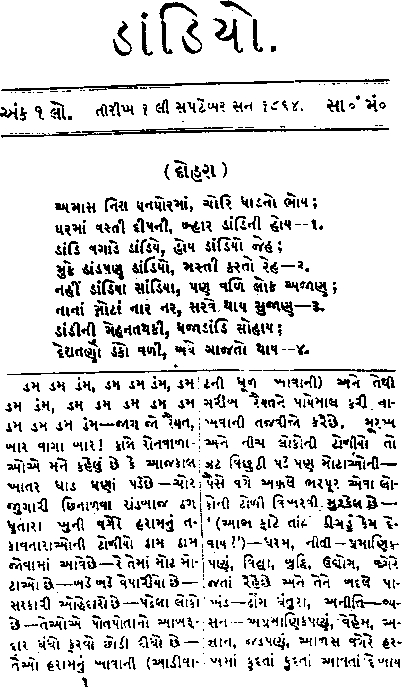CT of blunt pancreatic trauma—A pictorial essay.
Blunt trauma to pancreas is uncommon and clinical features are often non-specific and unreliable leading to possible delays in diagnosis and therefore increased morbidity. CT has been established as the imaging modality of choice for the diagnosis of abdominal solid-organ injury in the blunt trauma patient.
CT in blunt pancreatic trauma CT is routinely used as first-line imaging in the acute abdominal trauma patient and can be helpful in defining injuries to the pancreas and associated complications. The detection of pancreatic injury with CT depends on the technique used, the experience of the observer and the timing of the examination.

Blunt trauma to pancreas is uncommon and clinical features are often non-specific and unreliable leading to possible delays in diagnosis and therefore increased morbidity. CT has been established.

Computed tomography (CT) imaging is currently used to assess clinically stable patients with blunt abdominal trauma. CT can provide a rapid and accurate appraisal of the abdominal viscera.

Pancreatic and duodenal injuries after blunt abdominal trauma are rare; however, delays in diagnosis and treatment can significantly increase morbidity and mortality. Multidetector computed tomography (CT) has a major role in early diagnosis of pancreatic and duodenal injuries.

The purpose of this study was to determine the value of detecting fluid between the splenic vein and the pancreas on CT scans in the diagnosis of pancreatic injury after blunt abdominal trauma. We retrospectively reviewed the abdominal CT scans of 10 patients with surgical- or autopsy-proved pancreatic injury after blunt abdominal trauma.

CiteSeerX - Document Details (Isaac Councill, Lee Giles, Pradeep Teregowda): Computed tomography (CT) is widely used in assessing clinically stable patients with blunt abdominal trauma. In these patients, liver is one of the commonest organs being injured and CT can accurately identify and assess the extent of the injury. The CT features of blunt liver trauma include laceration, subcapsular or.

The CT diagnosis of pancreatic trauma may be difficult in selected patients who are scanned soon after injury. Acutely, the actual plane of a pancreatic fracture may be difficult to identify with CT, and the peripancreatic soft-tissue changes of traumatic pancreatitis are often subtle.

Developed by renowned radiologists in each specialty, STATdx provides comprehensive decision support you can rely on - Pancreatic Trauma.

Contrast material-enhanced computed tomography (CT) is the imaging technique of choice for the evaluation of renal trauma, since it is widely available in emergency units and can quickly and accurately demonstrate not only injuries involving the kidney, but also associated damage to other abdominal or retroperitoneal organs (1- 6,13,19,20).

IntroductionPancreatic trauma occurs in approximately 4% of all patients sustaining abdominal injuries. The pancreas has an intimate relationship with the major upper abdominal vessels, and there i.

Blunt abdominal trauma can cause multiple internal injuries. However, these injuries are often difficult to accurately evaluate, particularly in the presence of more obvious external injuries. Computed tomography (CT) imaging is currently used to assess clinically stable patients with.

Findings of abdominal trauma. haemoperitoneum. splenic trauma: most common. hepatic trauma. renal trauma. pancreatic trauma. gastrointestinal tract (bowel) trauma: proximal jejunum is most commonly affected by blunt trauma, followed by the duodenum and ascending colon at the ileocecal valve region. descending colon is only rarely involved.



